Nathan Brown, assistant professor of earth and environmental sciences, is a storyteller. A quaternary geochronologist—“It’s a mouthful,” Dr. Brown acknowledges—he studies grains of sediment to establish the ages of significant events in a landscape’s history. In doing so, he puts together a story of things that happened in the past and how they might happen again in the future.
While Brown spends time in the field collecting samples—around hydrothermal-explosion craters at Yellowstone, for example—the precise work of dating sediment samples takes place in his Dark Lab, where he and his students determine the age of those samples based on when they were last exposed to light, a process known as luminescence dating.
As a geochronologist, Brown’s goal is to ensure that the story we tell about the landscape is correct.
“You know there can only be one story behind what happened, but you’re left with fragmentary clues,” he says. “You do your best to sort out what happened to produce the landscape we see today.”
The results of his work serve not only to give us a glimpse into the past, but also to provide insight into events that could happen in the future. In his work at Yellowstone, he’s helping to uncover when and where hydrothermal explosions could occur.
“The picture is always evolving as scientists learn how to take new measurements or gain additional insight into these processes,” he says. “Then the story changes slightly or you get a little bit more clarity, so we’re always working toward this one story together.”
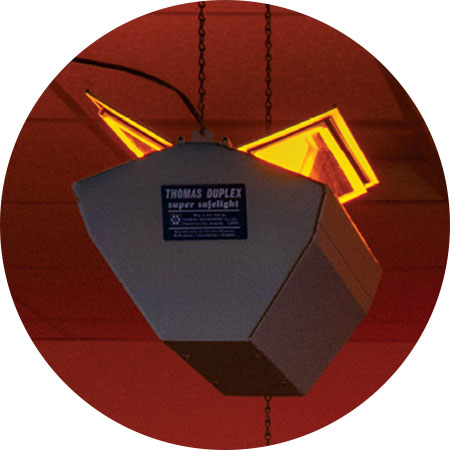
PERFECT HUE
This low-pressure sodium lamp is monochromatic, emitting a warm yellow hue that doesn’t empty a geological luminescence signal before it can be measured.
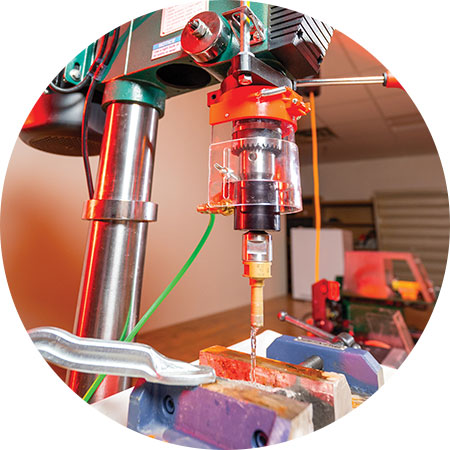
DRILL PRESS
Researchers use a slow-speed drill press equipped with a water-cooled diamond bit to extract 1 cm-diameter cylinders of rock from samples.
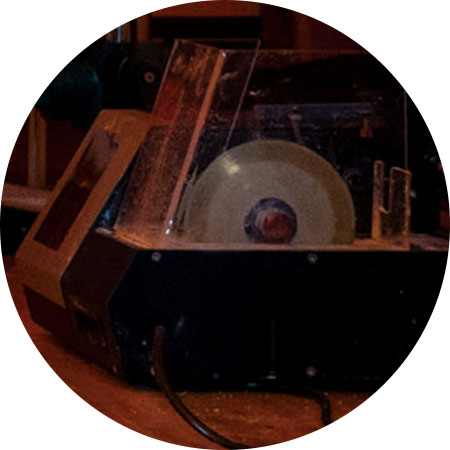
SLICING SAW
This slow-speed watering saw is used to slice fragile rock cylinders extracted from the drill press to produce rock “cookies” that are just over 1 mm thick.
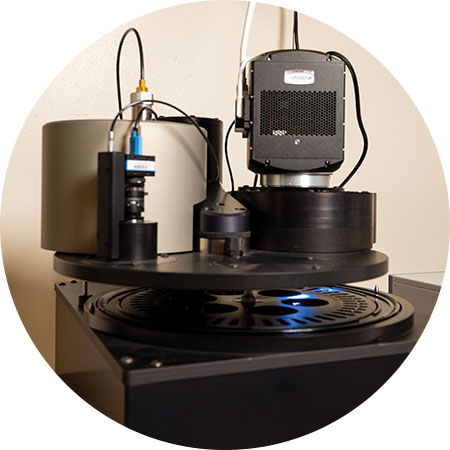
LIGHT READER
In this automated luminescence reader, intense blue laser diodes shine on rock samples to produce a much fainter emission of ultraviolet light that accumulated during geologic burial. It effectively mimics 2,000 years of natural radiation exposure in about a minute.
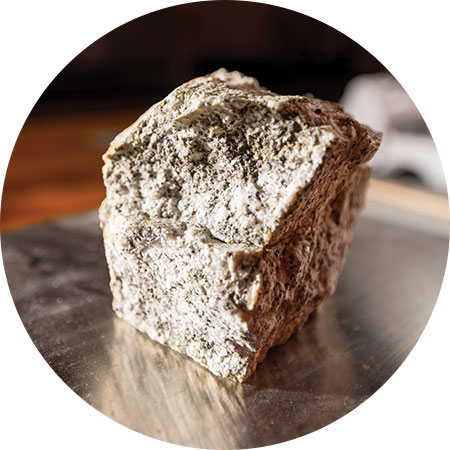
HARD ROCK
Luminescence signals measured on dark interiors of rocks like this tell geologists how quickly the rock was tectonically uplifted to Earth’s surface.



